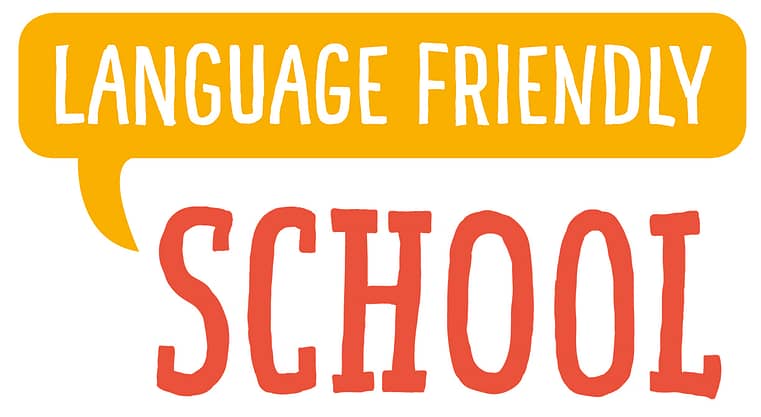Founded in 2019, The Language Friendly School is both a label and a global network of schools that embrace and value all the languages spoken by their students. It serves as a response to the growing prevalence of multilingualism in schools worldwide. Accredited Language Friendly Schools create their individual Language Friendly School plans and collaborate by exchanging activities focused on linguistic and cultural inclusivity. Join us in our mission and help us foster a more language-inclusive world, one school at a time.
A bottom-up whole school approach
Language Friendly Schools are schools that have developed a language plan involving all members of the school: students, teachers and staff. It is a plan that is adapted to the school’s own needs and aims at creating an inclusive and language friendly learning environment for all students. A Language Friendly School-plan is flexible, realistic and allows for incremental changes. Small steps go a long way!
Benefits of being a Language Friendly School
- Students learn better and faster when they also learn through their mother tongue.
- Fostering inclusive and culturally responsive education environments benefit students, educators, parents, and the broader school community.
- Language Friendly Schools gain access to resources, workshops, and effective pedagogical strategies




